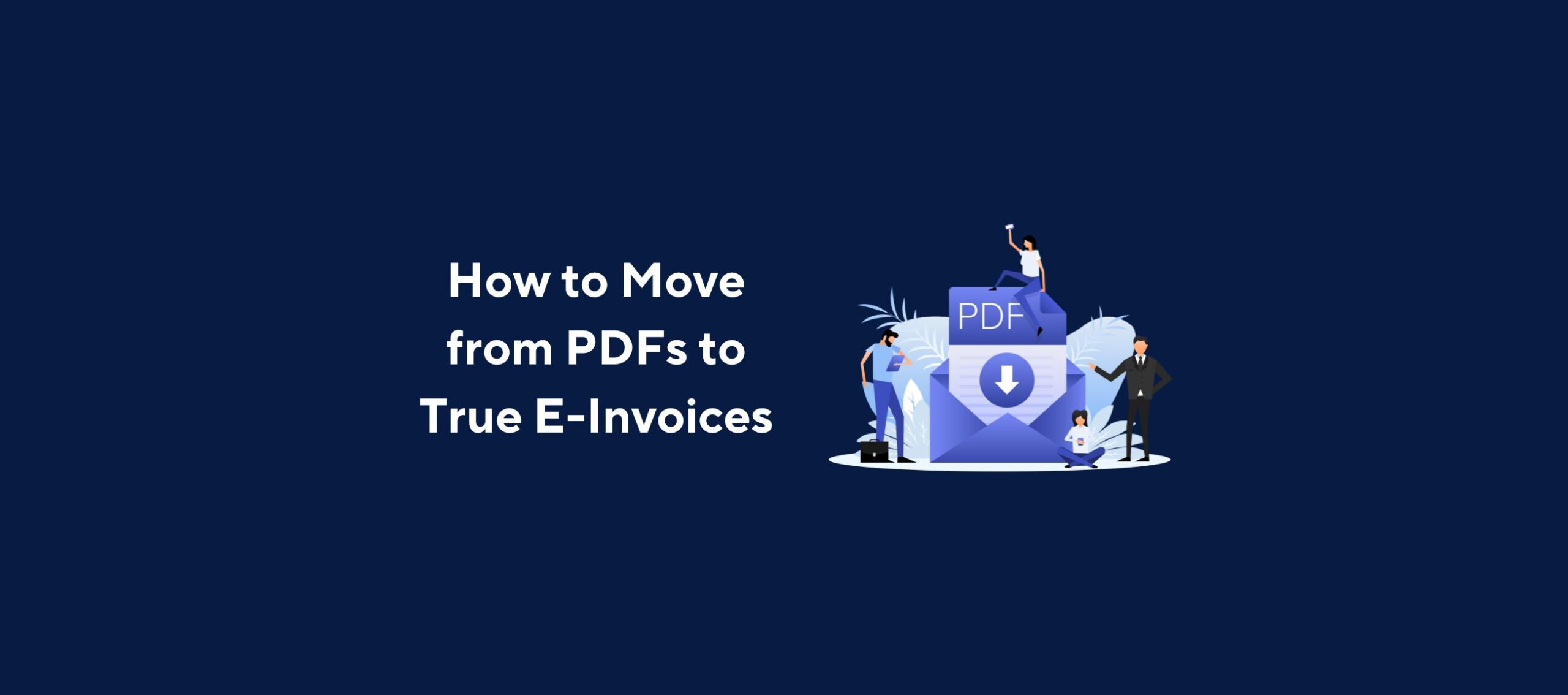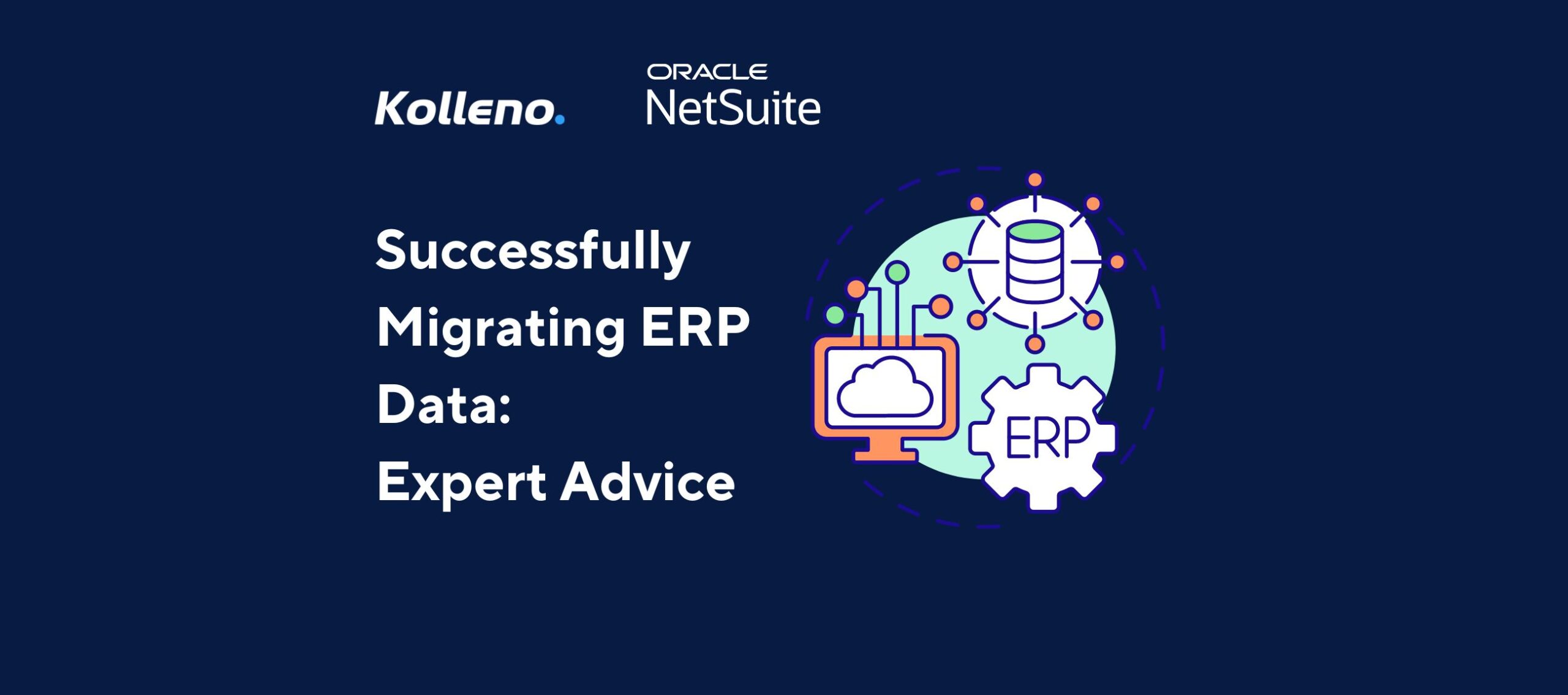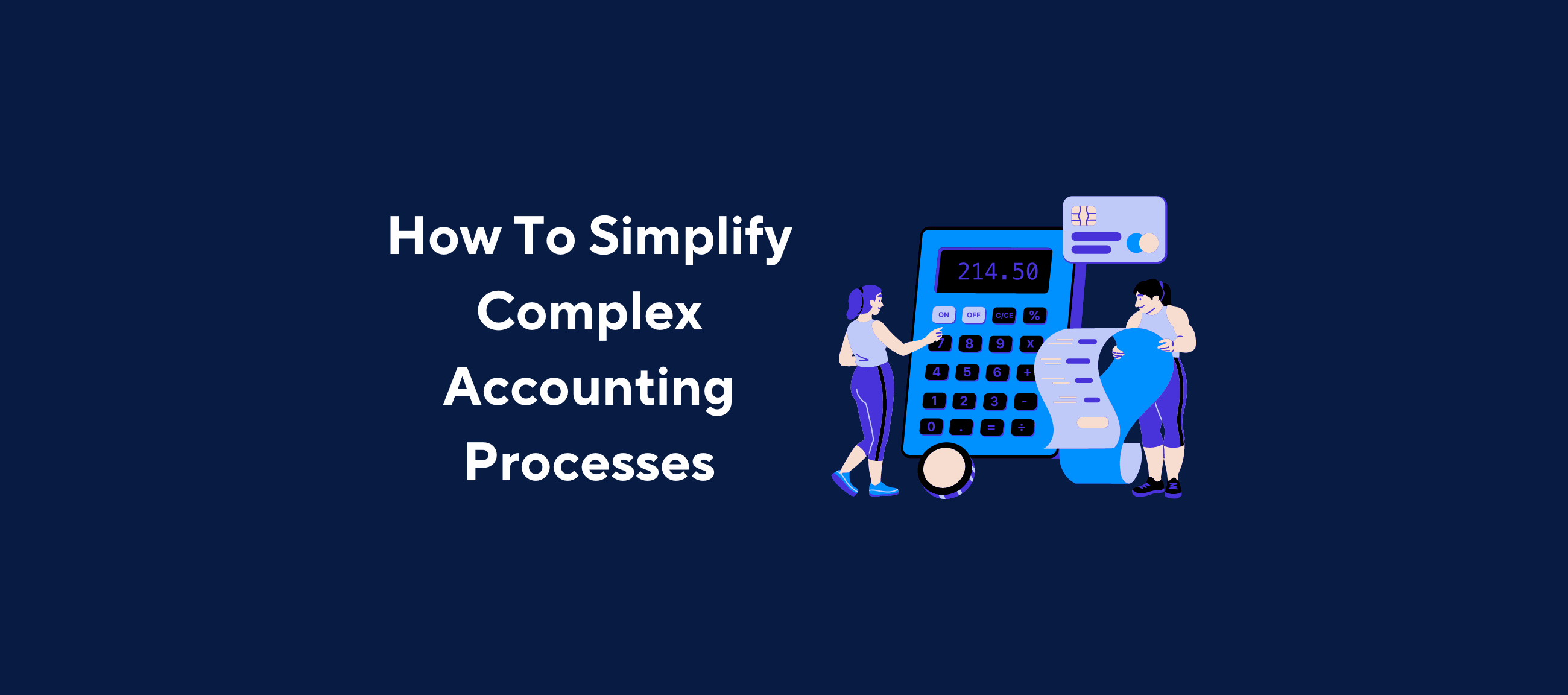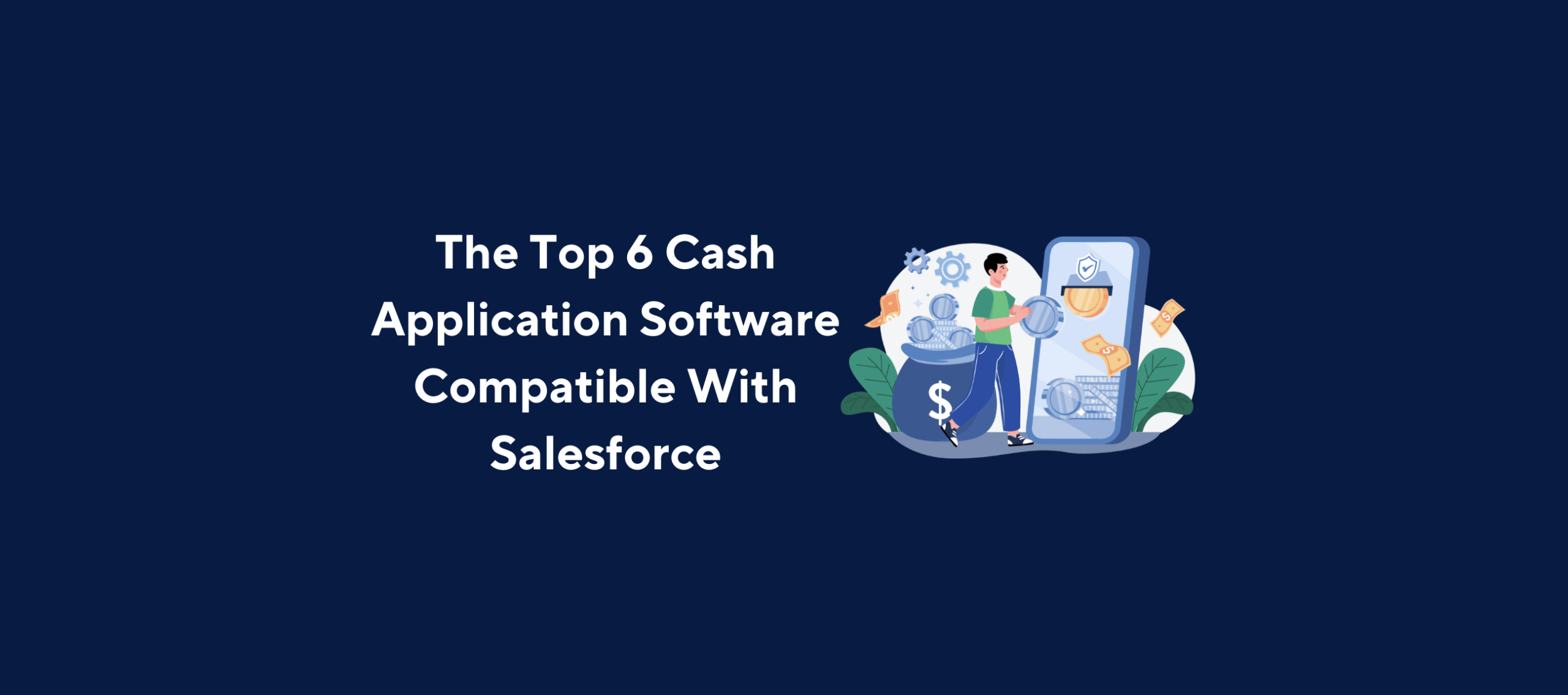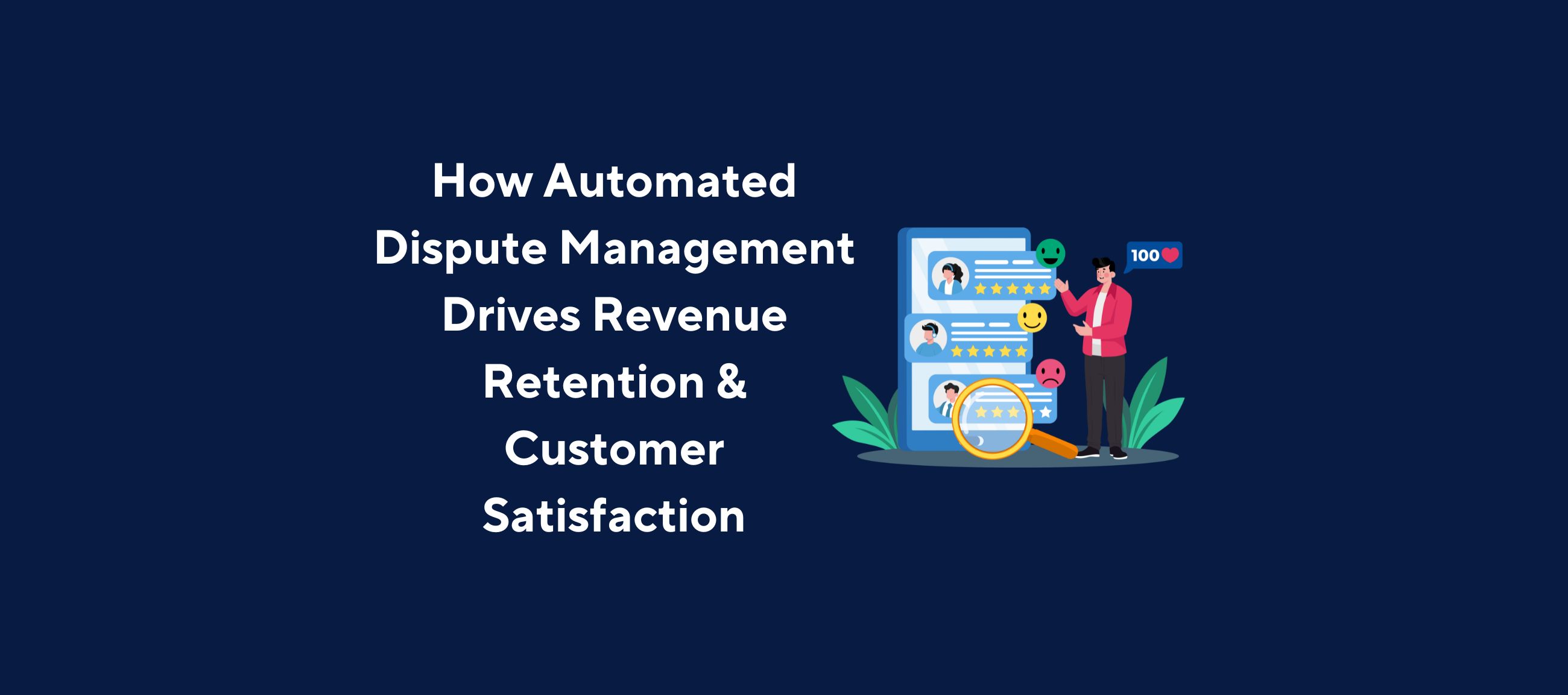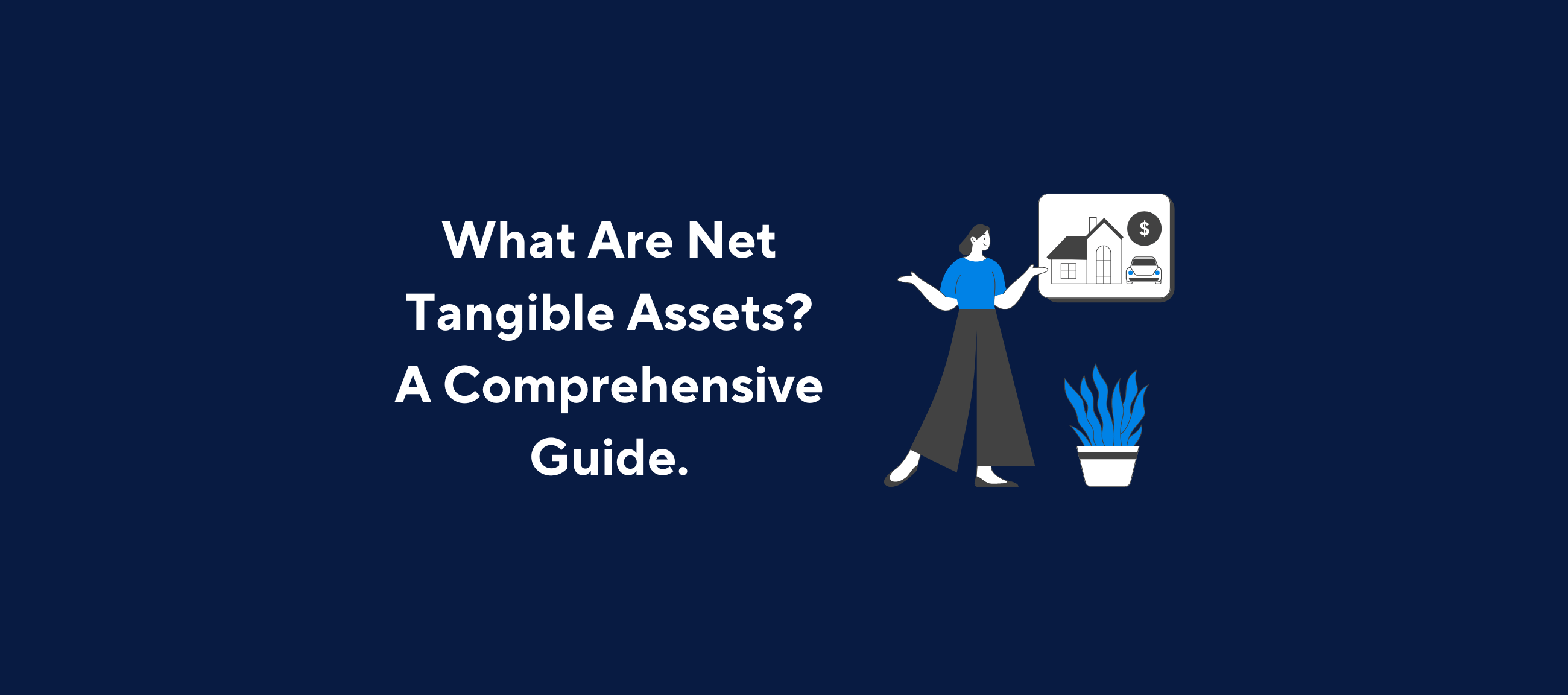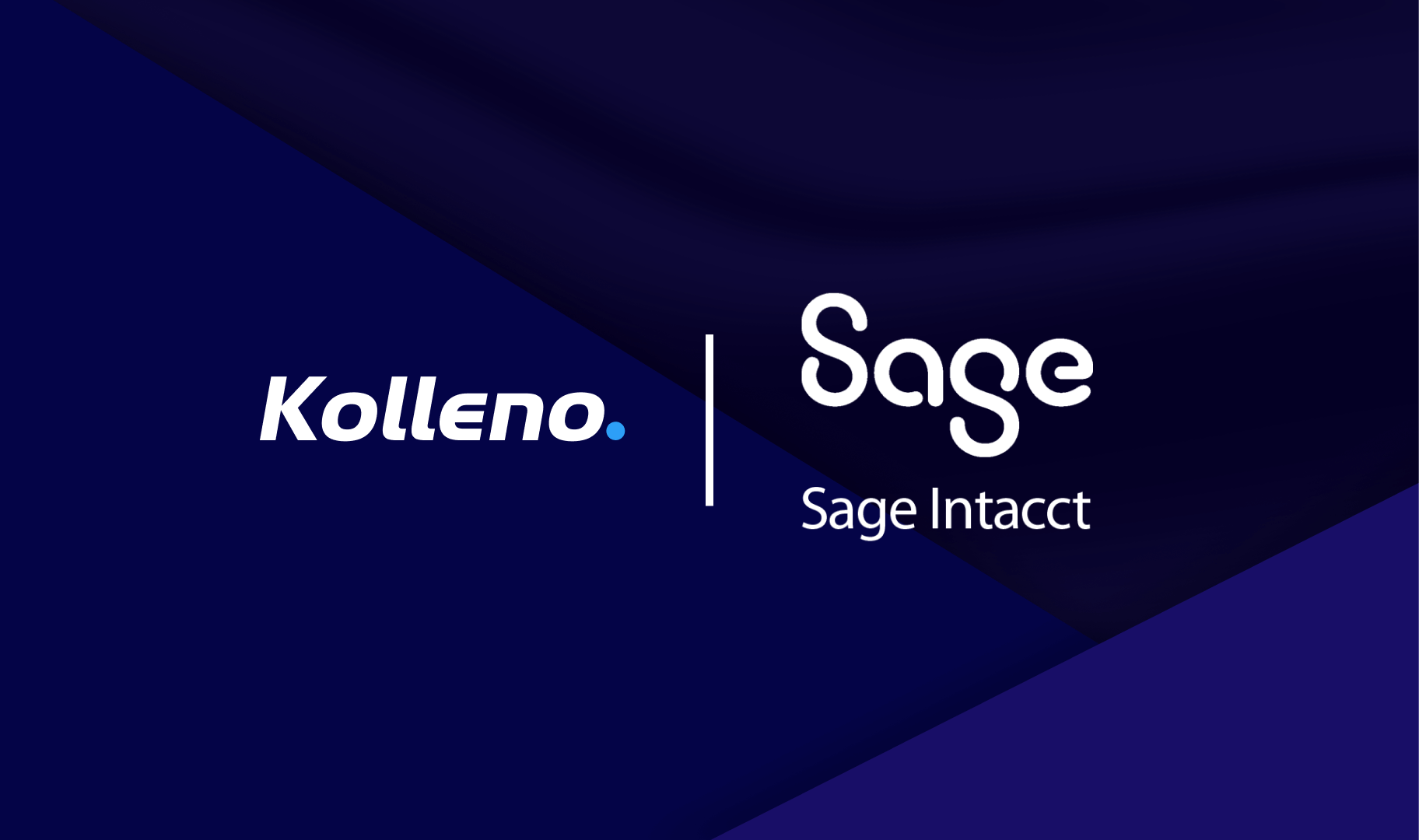Summary
ACH stands for Automated Clearing House, and it refers to bank-to-bank money transfers. Unlike paper checks or bank transfers, ACH transfers are processed electronically and through the ACH network (an electronic payments network), not through card networks.
The ACH network was founded in the United States in the 1970s as a response to the overwhelming volume of bank transfers made by the general public. Because U.S. banks needed a solution that allowed them to automate payments, they came up with ACH.
Nowadays, it has a wide range of different uses, from processing monthly payslips and paying taxes to making B2B and P2P payments.
Some of the most essential benefits of ACH payments are their low cost compared to traditional bank transfers or credit card transfers, their ability to automate and set up recurring payments, their enhanced safety and, last but not least, their easy management options.
Introduction to Automated Clearing House
ACH stands for Automated Clearing House, and it refers to a bank-to-bank money transfer processed with a computer. Instead of being made through card networks (such as Mastercard or Visa), ACH payments go through the ACH network.
As much as ACH payments are highly prevalent in today’s banking sector, there are still many people who don’t know how they actually function. So, how do these payments work?
Like all the other types of transactions, an ACH transaction is a data file that contains information about a payment. The main difference is that the withdrawal or deposit taken or made into an account is exclusively performed electronically.
That means that there are no actual physical bills, checks or credit cards involved in an ACH transfer. In fact, all you need to do to process an ACH transfer is to provide your bank account and routing numbers to your payer. Once you have given your authorisation to your biller, your ACH will swiftly come through.
Nowadays, ACH payments represent a substantial portion of the total amount of financial transactions made across the globe. But how did they get so popular? To answer that question, it’s worth revisiting their history.
ACH payments: a short history
The history of ACH as a banking term is not without its quirks. Formed in 1974, the ACH network was created by the USA’s National Automated Clearing House Association (NACHA), which still runs it. Initially, the ACH banking network was born out of pure necessity. As the volume of card payments increased significantly in the 1970s, banks needed a new solution to keep up with such unprecedented demand. And that solution was the ACH network.
The ACH banking network was originally named after something called the “clearing house”. In the 20th century, a clearing house was a banker’s establishment (often a pub) where bankers met to discuss transactions, exchange checks and do business. Suffice to say, this differs significantly from the current definition of clearing house – an appointed intermediary between two or more parties in a financial market. In any case, the current meaning of ACH transactions pays homage to this friendly mid-century custom of the banking world.
Modelled after the United Kingdom’s Bankers’ Automated Clearing System (BACS) scheme, the ACH network was created as a tool to help banks clear and settle direct debit and direct credit payments on an automatic basis. Operated by the Federal Reserve Bank of San Francisco, the first Automated Clearing House began operating in 1972.
Fifty years on from its creation, the ACH network has come to dominate the global banking sector. In recent years, ACH payments have rapidly increased in popularity. In fact, it’s very likely that you’ve already received ACH transfers without even realising. According to Nacha, the ACH Network handled 7.5 billion payments in the second quarter of 2022 alone.
But what are ACH payments actually used for? Let’s have a look at some of the most popular examples.
What is ACH used for?
Because they allow you to transfer money in a matter of seconds, ACH transfers are used for many different purposes – from point-of-sale payments to payroll payments. These are some of the most common uses for ACH payments:
1. Paying employees
Without a doubt, this is the most popular use case for ACH payments. This is particularly true in the United States. According to NACHA, 93% of all employees in the U.S. are paid with a direct deposit via ACH. Because the ACH network allows payroll administrators to automatically set up recurrent payments on a monthly basis, it takes a heavy weight off their shoulders.
Rather than writing a check or setting up a bank transfer for every employee individually, ACH payslips are sent in large batches at the end of the month. All the employees need to do is provide their employer with their account information.
2. Paying taxes
In the United States, the Internal Revenue Service (IRS) is the government body in charge of managing the collection of taxes and ensuring that tax laws are followed. Since ACH payments gained a central role in the banking sector in the 1970s, the IRS has used the ACH network to allow U.S. citizens to file their federal and national tax returns via an electronic funds withdrawal payment (EFW).
This EFW payment is effectively just an ACH debit payment. This means that you use the ACH network to send money to the IRS instead of receiving money in your account. This allows taxpayers to file all their taxes in just a single step. And because the IRS doesn’t charge the taxpayer to use EFW, it’s also an easy way to save some cash on your tax payments.
3. P2P payments
For the uninitiated, a P2P payment is a kind of payment that allows you to send money directly to another person. While P2P payments have existed for a long time, they have become increasingly popular with the advent of mobile telephony and money transfer phone apps – such as PayPal or Venmo. These apps let their users send and receive money in their digital wallets, which are linked to their credit or debit card – or their bank account. Best of all, users can do this in a matter of seconds by tapping a few times on their phones.
In 2014, Nacha introduced a new set of regulations that standardised the use of the ACH Network for P2P payments. Thanks to these regulations, users who have received P2P payments can move money from their digital wallets to their bank accounts by means of the ACH network. This means the transfers are free of fees and performed quickly and safely.
4. B2B payments
After realising the degree to which ACH payments have simplified payroll administration, more and more companies have started paying their suppliers and collecting money from their debtors via these payments. This is particularly useful for businesses that bill their clients on a recurrent basis. Once their client has agreed to use the ACH network to manage their payments, an ACH debit will be automated to request the removal of funds from their account.
Because no processing fees are involved with transfers made on the ACH network, managing B2B payments via ACH payments is a simple and cost-effective way of billing clients..
What are the benefits of ACH?
As the volume of ACH payments made worldwide keeps growing, many people are wondering what it is about ACH that makes it a better option than paying via credit or debit card. With this in mind, let’s have a look at 5 reasons why this type of payments is so in vogue at the moment.
1. Low costs
It’s safe to say that the biggest reason why more and more companies have made the switch to ACH payments is low associated costs. While paying with credit or debit cards involves a percentage fee of 2% of the total transaction, ACH payments are often entirely free to process. In the rare case where your bank will charge a fee to process your ACH payments, this will be significantly smaller than a credit card fee. Even better, ACH fees are usually capped. Because of all these reasons, the median cost for processing a payment is only $0.29.
2. Automated payments
One of the best things about ACH payments is that they allow businesses to set up automated payments. Apart from saving your employees time and allowing them to work on more fulfilling tasks, payment automation will drastically reduce the human error component when processing payslips or billing clients. By effectively eliminating the chance for human errors to take place, ACH payments will save your business a considerable amount of money – not to mention all that time spent on fixing payroll errors.
3. Recurring payments
Subscription-based models have made things easier for many companies, as they allow them to have a constant influx of cash every month. However, there is one important issue: because they have to process a large number of payments every month, companies that adhere to subscription-based models can end up paying inordinate amounts of cash in transaction fees.
Fortunately, there is an easy way of avoiding this by using ACH payments. Because the costs associated with this type of transfers are minimal, companies can process their monthly payments without having to shell out a significant percentage of their benefits in bank fees.
4. Safety
Because all ACH payments are overseen by the ACH network, they are significantly safer than the vast majority of other forms of payment. Unlike paper checks or email invoices, these payments cannot be stolen or sent to the wrong customer. Most importantly, every payment passes through NACHA, which has expert preventative measures in place to diminish the chances of bank fraud. This adds an additional layer of security to payments that is simply not present in less regulated forms of payment.
5. Easy management
Last but not least, one of the biggest benefits of ACH payments is that they are extremely easy to manage. Because they are processed in batches, it allows you to process all your payslips in one just go – meaning you’ll be saving loads of time every month. Even better, you can set it up in a matter of seconds.
Do you want to get the most out of your ACH payments? Then, it’s time to invest in a smart AR management platform that offers multiple AI solutions designed to help you handle any amount of invoices. Kolleno is the highest-rated platform on G2 by users, trusted by partners and clients such as Tipalti, 1Password, GoCardless and Dealer-FX. To learn more, explore here.
Frequently Asked Questions (FAQs)
What is ACH in simple words?
It is a banking term that stands for Automated Clearing House. This is a network used by companies and individuals to transfer money electronically between different bank accounts. The main difference between ACH payments and other kinds of payments is that ACH transfers don’t go through credit card networks.
What is an example of ACH payment?
One of the most common examples is the payslip you get every month from your employer. This type of payment is known as an Automated Clearing House direct deposit. Other examples include Venmo transactions or B2B payments for subscription-based services.
How does it work?
In a nutshell, an ACH payment revolves around the transaction of a data file that contains data about said payment. The payer sends that file to their bank, which then sends it over to the clearing house for checking and processing. Once this is done, the recipient finally receives the funds in their account.



